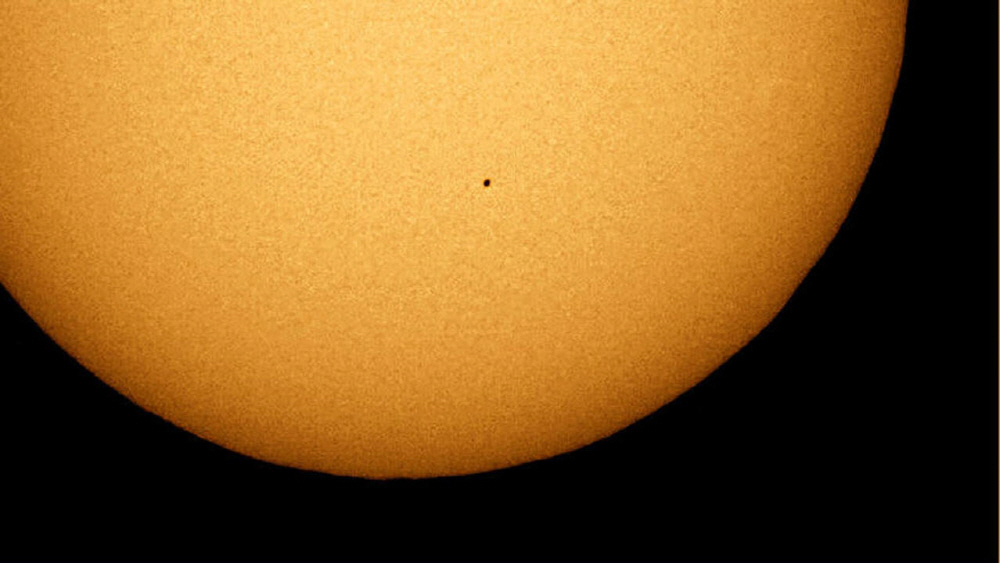
On November 11, Mercury passed the sun. This phenomenon occurs again in 2032.
Mercury’s eccentric orbit, the smallest object in the solar system, rarely traverses the Sun as seen from Earth. However, this year, we could see some of the movement that spanned 5.5 hours from 7:36 EST of North America.
Opening your eyes directly to the sun is definitely not recommended. The same goes for looking at the sun with binoculars or telescopes. It is best to use a telescope with a solar filter. Mercury looks like a small black dot passing in front of the sun, and the sun itself appears to be 194 times the size of a spot.
This celestial show occurs when Mercury moves between Earth and the Sun. It is only Venus and Mercury to see planets passing between the Suns on Earth. Venus passes together at intervals of 1215 or 1055 years, each passing at intervals of 8 years. For reference, the next Venus pass is scheduled for 2117. Mercury has a small orbit around the Sun, so its frequency of passage is much higher than that of Venus.
Mercury passage has long been a useful tool for scientists. Astronomers observed the passage of Mercury to measure the distance between Earth and the Sun using parallax in the 17th century. It is observing movement from two locations on the planet. It can also be used to indirectly calculate the effect of the moon’s tidal power on the Earth. It also investigates whether the amount of the sun reaching Earth is decreasing. Of course, the results did not decrease.
In any case, such research can be valuable knowledge for astronomers who wish to use similar planetary transit techniques to discover extraterrestrial planets around distant stars. Related information can be found here .


















Add comment